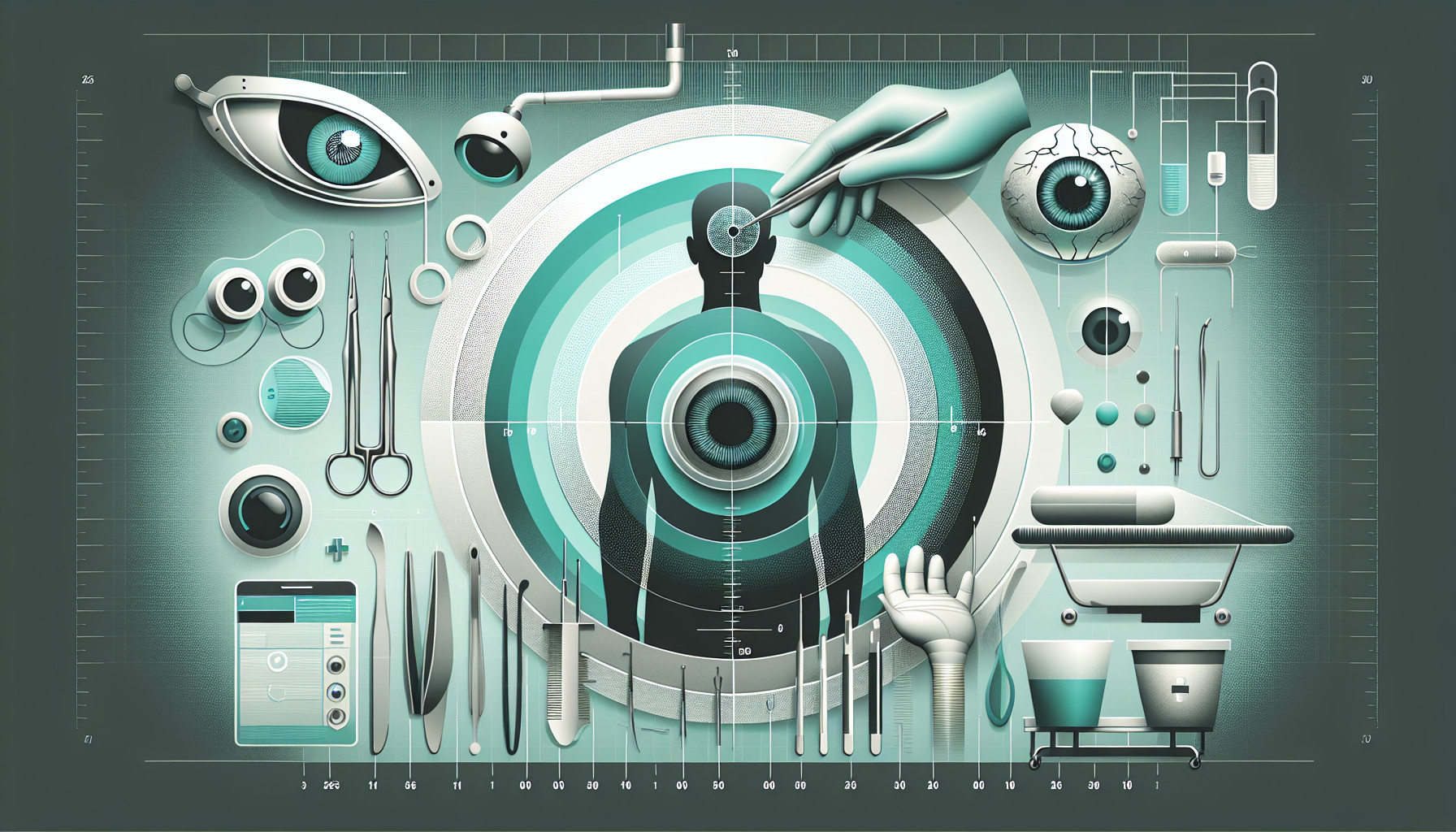Our Summary
This research paper looks at how often a specific procedure, known as scleral buckling, is used to treat a condition called retinal detachment in Germany. Scleral buckling is one of the treatments available for retinal detachment, but the researchers found that its use has been declining over time.
They gathered data from the Federal Joint Committee and the Federal Statistical Office in Germany from 2006 to 2017 and found that the number of scleral buckling procedures decreased by 49% during this time, from 8841 to 4510.
Interestingly, the number of patients diagnosed with retinal detachment increased by 102% over this same period, from 11,507 to 23,314. This suggests that other treatments may be replacing scleral buckling.
The paper also noted that the use of this procedure varies depending on the region and the age of the patients, but did not provide further details on this.
In conclusion, the study found that scleral buckling is not used as often as it was in 2006 to treat retinal detachment in Germany. However, with around 4500 procedures still performed in 2017, it remains an important treatment option.
FAQs
- What is scleral buckling and how is it related to retinal detachment?
- How has the usage of scleral buckling as a treatment for retinal detachment changed in Germany from 2006 to 2017?
- Has the number of retinal detachment diagnoses increased or decreased over the same period and what might this suggest about treatments?
Doctor’s Tip
A helpful tip a doctor might tell a patient about retinal detachment surgery is to follow post-operative care instructions closely, including keeping the eye clean and dry, avoiding heavy lifting or strenuous activities, and attending all follow-up appointments. It’s important to report any changes in vision or symptoms to your doctor immediately to ensure the best possible outcome.
Suitable For
Patients who are typically recommended for retinal detachment surgery, including scleral buckling, are those who have been diagnosed with a retinal detachment. Retinal detachment is a serious condition where the retina, the light-sensitive tissue at the back of the eye, becomes separated from the underlying layers of the eye.
Symptoms of retinal detachment can include sudden flashes of light, floaters in the field of vision, or a curtain-like shadow over the visual field. If left untreated, retinal detachment can lead to permanent vision loss.
Scleral buckling is a surgical procedure where a silicone band or sponge is placed around the eye to push the sclera (the white outer layer of the eye) towards the detached retina, helping to reattach it. This procedure is often recommended for patients with certain types of retinal detachment, such as those with a tear or hole in the retina.
Overall, patients who are experiencing symptoms of retinal detachment or who have been diagnosed with the condition are typically recommended for retinal detachment surgery, including scleral buckling, to prevent further vision loss and preserve their eyesight.
Timeline
Before retinal detachment surgery, a patient may experience symptoms such as sudden flashes of light, floaters in their vision, and a curtain-like shadow over their field of vision. They may also undergo a comprehensive eye examination and imaging tests to confirm the diagnosis of retinal detachment.
After retinal detachment surgery, the patient will typically have a follow-up appointment with their eye surgeon to monitor their recovery and ensure that the retina has successfully reattached. They may experience some discomfort and blurred vision in the days following the surgery, but this should gradually improve over time. It is important for the patient to follow their post-operative care instructions carefully to optimize their recovery and prevent complications.
What to Ask Your Doctor
Some questions a patient should ask their doctor about retinal detachment surgery include:
- What are the different treatment options available for retinal detachment, and why is scleral buckling recommended for me?
- What are the potential risks and complications associated with scleral buckling surgery?
- What is the success rate of scleral buckling in treating retinal detachment?
- How long is the recovery period after scleral buckling surgery, and what can I expect during the recovery process?
- Are there any lifestyle changes or precautions I need to take after undergoing scleral buckling surgery?
- How will my vision be affected after the surgery, and what are the chances of achieving full vision restoration?
- Will I need additional follow-up appointments or treatments after the surgery?
- Are there any alternative treatments to scleral buckling that I should consider?
- How experienced is the surgeon in performing scleral buckling surgery, and what is their success rate with this procedure?
- Can you provide me with more information on the specific technique and approach that will be used during the surgery?
Reference
Authors: Bucher F, Daniel MC, Böhringer D, Lange C, Reinhard T, Agostini H, Lang SJ. Journal: Klin Monbl Augenheilkd. 2020 Jun;237(6):780-786. doi: 10.1055/a-1078-1378. Epub 2020 Feb 3. PMID: 32016939
